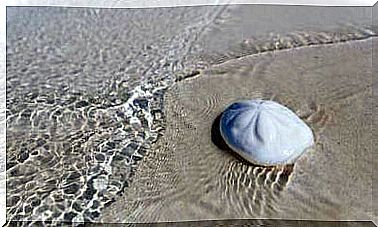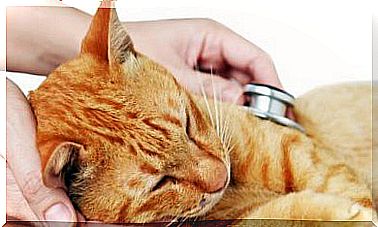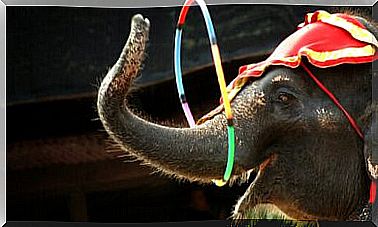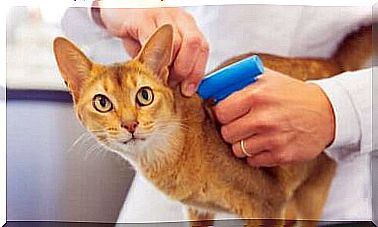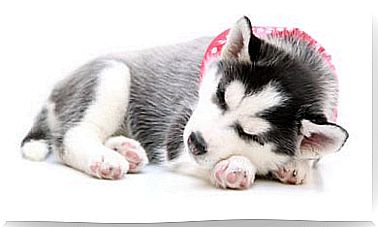The Russian Blue: Feline Nobility
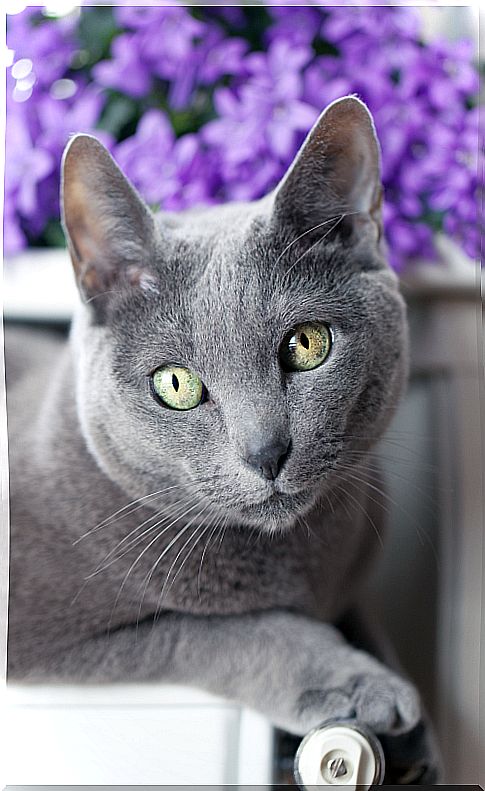
Originally from Russia, the cat breed called Russian Blue appeared in the early 19th century in Arkhangelsk harbor and was presented internationally in 1871 at London’s Crystal Palace. This feline is often compared to other breeds such as the Thai Korat, the French Chartreux and the British Shorthair. Appreciated for the color of its coat, it is considered one of the most elegant cats in the world. The Russian Blue denomination became official in 1912.
The name Russian Blue was formalized in 1912, but in those years this breed was already known and was starting to become popular. But the events of the Second World War caused the specimens of this breed to decrease considerably. In 1949, the Federation of Feline Breeders registered the first Russian Blue cat which has since begun to participate in various competitions. Since 1990 this breed has won regional and international awards and currently enjoys great popularity and acclaim.
Characteristics
The Russian Blue is a sturdy cat with strong muscles and a stately appearance. It is medium in size, slim and elegant. When the cat stretches it shows its long neck.
The coat of the Russian Blue is short, dense, silky and platinum. Its color is light blue, which tends to lavender towards the roots, darkening towards the legs. It almost seems to sparkle when it is under the sunlight. According to legend, this cat was once an object of hunting because its coat resembled the thick fur of seals.
The head of the Russian Blue is large and wedge-shaped. The ears are wide and turned forward. Its eyes are green, large, round and slightly angled at the top corners, which gives this lovely breed a sweet expression, which is well suited to its lovable temperament.
The expression of the muzzle is very particular and is sometimes combined with the enigmatic smile of the Mona Lisa.
Behavior
It is very easy to train this breed: they like to play and enjoy looking for and bringing back various toys such as balls or puppets. The Russian Blue gets along well with almost everyone, including children. His love of companionship extends to all members of the family, including any other pets. And if the latter are cats, good coexistence is certainly assured.
The Russian Blue cat is intelligent, good hunter and super affectionate. It adapts very well to living in small spaces, such as the apartment, although it also loves open and natural places such as gardens.
One of the Russian Blue’s weaknesses is its tendency to get scared easily. He may also be a little shy and reserved towards people he doesn’t know, and if he is brought into unfamiliar surroundings he often shows some nervousness. This breed definitely does not like change and prefers a regular and predictable life.
Russian Blue is very demanding in terms of hygiene. The area where it lives and its sand must never be dirty. He is also very demanding about the times in which he is given food, which must always be respected.
There are no specific health issues related to the Russian Blue breed. In taking care of it, a fundamental thing will be brushing its coat frequently, once a week can be fine. You will also need to brush his teeth regularly. As has already been mentioned, this breed has a special fondness for the company of humans. Therefore seeing that you take care of him will make him very happy.
An important point to keep in mind is the passion these beautiful cats show for food. Many times they tend to overeat. If he is allowed to eat all he wants, he will surely be destined to gain weight.
So, to prevent obesity, the best thing to do is to adequately ration his food and serve it only at set times. Make sure all family members are aware of this rule and abide by it. Don’t give them too many treats or table scraps. Prevent him from begging while you are eating and prepare game routines for him to keep him in constant activity.


